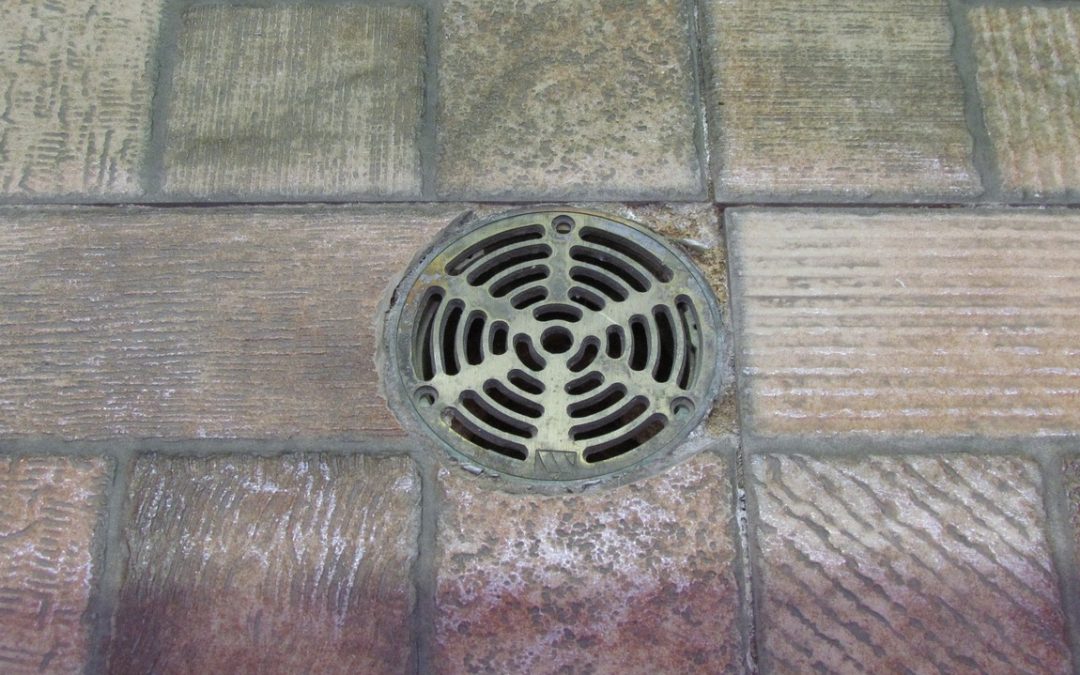Despite not being the most pleasant topic, sewage pumps are an integral part of removing the gross parts from your piping system. These pumps send unwanted solids and liquids to the sewer. If you don’t have a connection to a sewage system, it goes to your septic tank.
Sewage pumps are usable in a variety of applications, but how do they work?
Sewage pumps use air pressure to propel raw sewage through plumbing systems. These pumps use air pressure to lift sewage to a sewer or septic tank. They typically come in three separate forms: standard, effluent, and grinders.
Below we will detail how these different forms behave and what applications to address your needs.
Three Forms of Sewage Pumps
They come in three general forms:
- Solid handling (standard)
- Effluent pumps
- Grinder pumps
What is a Solids Handling Pump?
A solid handling pump is its standard form. Nine times out of ten, a plumber will be referring to this when talking about sewage pumps. “Sewage pump” doesn’t typically refer to the two other forms.
These are best if you have a low-set house or a bathroom in the basement. Sewage pumps lift solid waste using a significant gap in one side of the unit. These are also known as sewage ejector pumps. They are one of the few pump styles known to handle thick, raw sewage.
What is an Effluent Pump?
An effluent pump is made explicitly for greywater in septic tanks. Greywater is dirty water that doesn’t contain many solids, which means they lack that massive two-inch gap known in the bottom of standard pumps.
Effluent pumps cannot handle raw sewage. Typically, they take the dirty water and place it into a chosen drain field where they or a third-party company manages the waste.
What are Grinder Pumps?
Grinder pumps can handle raw sewage by grinding it down into smaller pieces. The rotating blades inside this unit take thick solids and turn them into more manageable chunks. This process makes them easier to propel up (or down) any pipe.
By comparison, think of it as something like your garbage disposal. The garbage minces with blades inside of the unit.
What are Common Applications for Sewage Pumps?
While effluent and grinder pumps are a bit more specialized, most applications are acceptable for use with a solids handling pump. But what are typical applications for these pumps? Below is a quick list?
- If you have a bathroom in your basement
- If you have a laundry room and a drain underneath it
- Your home is sitting at a low sea level and you deal with floods often
- If you have room in your basement below a bathroom
Wrap Up
Sewage pumps project sewage from your house, making them very different from sump pumps. If you need these kinds of pumps, you don’t want them to fail. If they do, that’s a disaster.
Our team of specialists handles the repair of all makes and models of various pumps. We also keep a massive stock if you need a replacement.

